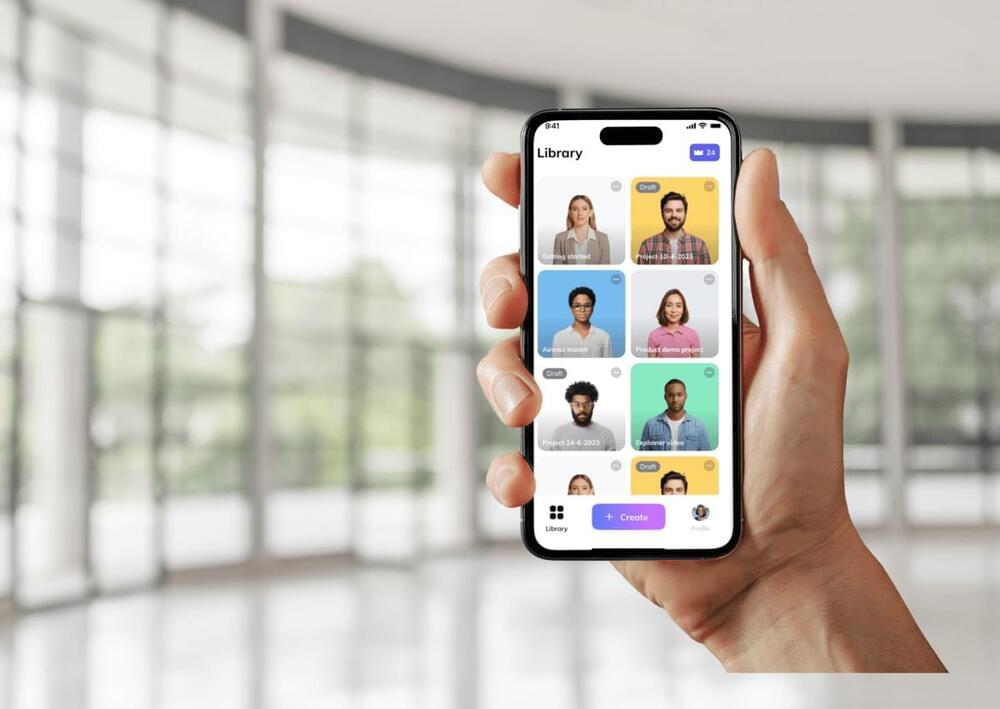Oct 25, 2023
Motorola Teases Flexible Phone You Wear Like A Bracelet
Posted by Gemechu Taye in category: mobile phones
Motorola unveiled a flexible phone with an adaptive display that you can wear like a bracelet or watch yesterday at Lenovo Tech World ‘23 in Austin. The full HD phone can be bent into multiple shapes, including one that props it up on a table or desk for viewing, or a full U-shaped bracelet that straps on to your wrist.
The phone offers a 6.9 display when flat and a 4.6 display when curved to sit on a flat surface like a bedside clock or a standalone viewing screen. The flexible screen appears to be paired with a fabric backing, unusual in a smartphone. The phone does not just friction-fit to your wrist, which would be likely to slip off with movement, but magnetically clings to an… More.
The full HD flexible phone can be bent into multiple shapes, including one that props it up for viewing, or a full U-shaped bracelet that straps on to your wrist.
Continue reading “Motorola Teases Flexible Phone You Wear Like A Bracelet” »


















